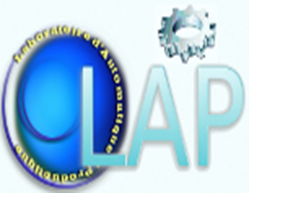Citation:
Abstract:
Prognosis and health management (PHM) are mandatory tasks for real-time monitoring of damage propagation and aging of operating systems during working conditions. More definitely, PHM simplifies conditional maintenance planning by assessing the actual state of health (SoH) through the level of aging indicators. In fact, an accurate estimate of SoH helps determine remaining useful life (RUL), which is the period between the present and the end of a system’s useful life. Traditional residue-based modeling approaches that rely on the interpretation of appropriate physical laws to simulate operating behaviors fail as the complexity of systems increases. Therefore, machine learning (ML) becomes an unquestionable alternative that employs the behavior of historical data to mimic a large number of SoHs under varying working conditions. In this context, the objective of this paper is twofold. First, to provide an overview of recent developments of RUL prediction while reviewing recent ML tools used for RUL prediction in different critical systems. Second, and more importantly, to ensure that the RUL prediction process from data acquisition to model building and evaluation is straightforward. This paper also provides step-by-step guidelines to help determine the appropriate solution for any specific type of driven data. This guide is followed by a classification of different types of ML tools to cover all the discussed cases. Ultimately, this review-based study uses these guidelines to determine learning model limitations, reconstruction challenges, and future prospects.
